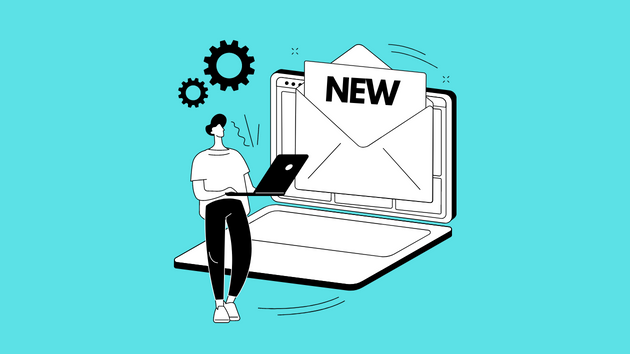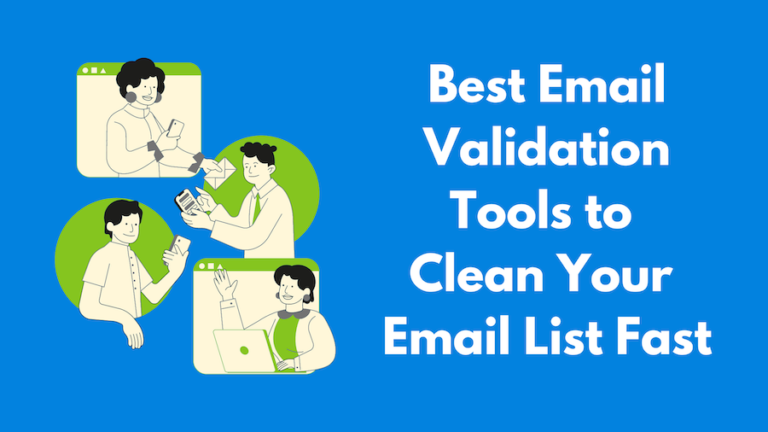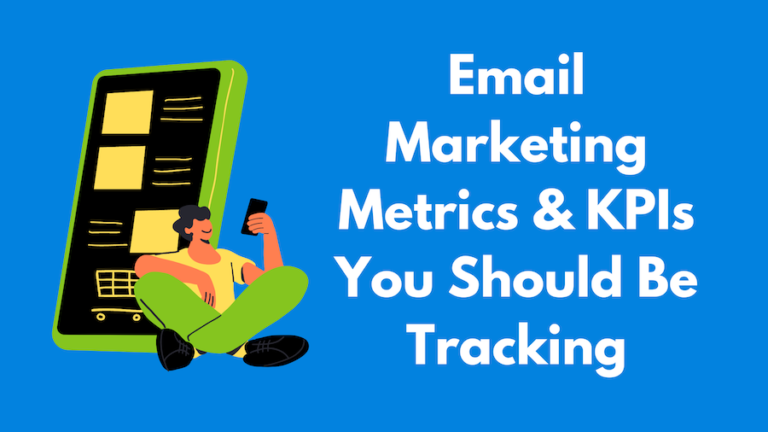Another unsubscribe link got hit. Well, that’s the nature of email marketing.
Unsubscribing is part and parcel of every business but becomes a real concern when it’s frequently done.
Losing subscribers, now and then is risky for every business, especially for one predominantly dependent on email marketing.
If your email unsubscribe rate is above 0.5% then you have to work on reducing the rate.
Let’s accept the bitter fact, that some people don’t like their inboxes flooded with promotional emails.
So stopping them from unsubscribing can be a bit tough but fortunately, there are effective and improved ways to reduce the unsubscribe email rates.
We need to understand the basics of email unsubscribe rates to handle this issue. Let’s start.
What is an email unsubscribe rate?
An email unsubscribe rate tells you what percentage of email campaign recipients who receive your emails choose to stop receiving them. Recipients usually opt out by clicking an unsubscribe link in the email.
How to calculate the email unsubscribe rate?
This rate is calculated by dividing the number of recipients who unsubscribed by the total number of emails delivered, and then multiplying by 100.
Most email marketing platforms will track this metric automatically in each email campaign you run.
If you want to calculate it yourself, here is the email unsubscribe rate formula.
Unsubscribe Rate = (Number of Unsubscribes / Number of Delivered Emails) x 100
For example, your email campaign was delivered to 7,000 subscribers and 35 people unsubscribed after receiving it.
Unsubscribe Rate = (35 unsubscribes / 7,000 delivered emails) x 100
Unsubscribe Rate = 0.005 x 100
Unsubscribe Rate = 0.5%
7 proven ways to reduce the email unsubscribe rate
So let’s explore the tips:
1. Decide when to mail
Mailing anytime 24×7 is certainly a bad move. Sending mail at midnight, early morning, or any time of the day when the target audience is mostly inactive will lead to ignorance or inconvenience as a result, people might unsubscribe and your marketing strategy can fail.
To get noticed, set frequency and timing when to send the mail. Maintain the frequency.
The best way is to declare on your website when the subscribers can expect mail or simply conduct a survey or ask your users when they would prefer to receive your mail and how frequently.
Also, ensure that you can maintain the frequency because if you become inconsistent, the integrity of your business can be doubted. Stick to what you commit.
The worst time to send an email
Looking at research reports of leading email marketing software companies, we can see the worst times to send an email campaign are:
- 6 pm to 5 am according to HubSpot
- 6 pm to 3 am according to GetResponse
- 7 pm to 5 am according to Moosend
- 4 pm to 4 am according to Wordstream
So, what is the worst time to send an email campaign? The answer is 6 pm to 5 am.
2. Use both single and double opt-ins
First, let’s understand these terms if you are new to email marketing.
Single opt-in is the one where the users don’t have to confirm their subscription. You can add a user to your email list as soon as they enter their email address. It is easy for users and also a quick way to improve your email list.
In double opt-in, the user is required to confirm their subscription through email. Usually, the confirmation is done by clicking on the link. In this case, the email list growth is slow but you are assured with lower spam complaints.
Both processes have their pros and cons, so it is not quite possible to decide which is more effective.
It also depends upon user behavior. Hence, it is better to use both processes and maintain the subscription rate.
It is better to use single opt-ins only for content upgrade emails while double opt-ins for all others.
In the case of double opt-ins, do something compelling so that the users don’t hesitate to click on the confirmation mail.
3. Segment your email list
The better and the effective way of email marketing is by segmenting your email list. Many ways of segmentation can benefit you.
To reduce the rate of unsubscribers, you can segment your email list under 2 conditions, one related to the user’s time-bound behavior and the other related to demographics. Time-bound behaviors include the user’s past shopping history, abandoned cart history, etc.
There are more than 50 smart ways for email segmentation. Choose the one that best suits your business. You can use the readily available email segmentation tools and optimally perform segmenting.
4. Normal but great subject lines
It comes as no surprise, the subject line is the initial stage of grabbing attention. So it has to be written in such a way that it gets noticed.
Writing a normal subject line can also get clicked, just ensure it creates an impression and stands out from your competitors.
It is better to keep the subject line less than 5 words, you can customize it.
Provocative, negative subject line tactics don’t work in the case of subscription emails.
False urgency in expressing the subject also won’t work for subject lines as people are clever enough to understand the misleading. Such subject-line emails are generally avoided or even lead to unsubscription.
Here are some effective strategies to create catchy subject lines that boost your email engagement,
5. Follow a personalized approach
It can be a good move to increase the email open rates. People mostly pay attention to emails that are addressed by their names.
Instead of cold company emails, try sending personalized emails and adding value.
Several emails get flooded in the inbox. To stand out from the crowd, personalization is very crucial.
Opt-in practice will help you to get the names and email addresses of users.
6. Email accessible from any device
As we all know that the maximum number of users prefer to access their mail on their mobile phones.
So this makes it quite clear that if your company mails are not optimized for mobiles then you might lose a good number of existing as well as new subscribers.
Making your emails mobile-ready is quite easy. Make sure your preheader text pays attention to the important information, the content is short and to the point, so that in 3 seconds the user understands what you want to convey, the call to action should be touch-friendly and of course, images should be optimized.
7. Get feedback
Okay, you’ve worked hard to convince the people to be your subscribers but still, they might unsubscribe and you will be left wondering that what made them do this.
Instead of these sudden shocks, it is better to know the exact reason for unsubscription and you can get to know this by asking for their feedback.
Feedback might help you to stop future subscribers from leaving. Getting feedback is tough but is beneficial in improving the user experience.
Don’t be afraid to ask them, why are they leaving. You can ask them in the form of a survey, Conduct a survey, listen to them what they say, act accordingly and make improvements and strive to avoid future unsubscriptions.
As we said before behavior differs from user to user, hence it is complicated to understand why a person is unsubscribing from your emails. Email marketing is significant but along with it, you can use different modes of communication to connect with your target audience. If email unsubscription is bothering you, you can simultaneously try out other communications methods like SMS, social media, RSS, and company blogs.



